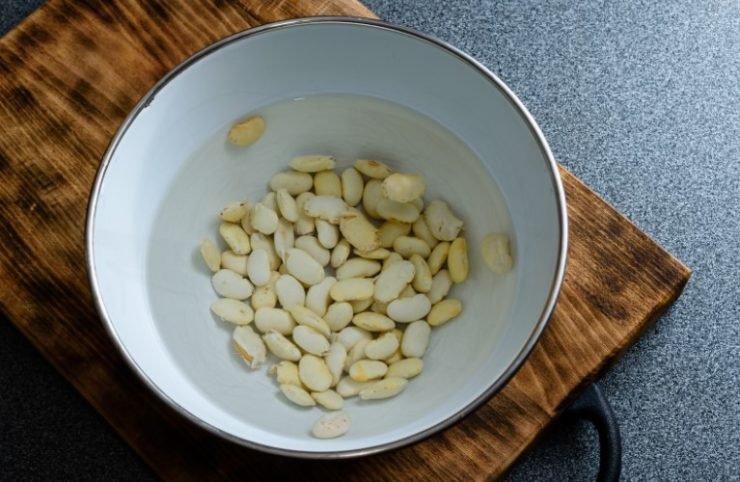The short answer is yes, you can soak beans for too long.
For many reasons, you shouldn’t soak beans at room temperature for more than 8 hours, and under refrigeration for more than 24 hours.
But why? And do you even need to soak your beans?
After over a decade of professional cooking I’ve made beans that were soaked, unsoaked, pressure cooked, baked, and steamed. And today I’ll be sharing everything you need to know about soaking and cooking the humble legume.
So, crack a window, and let’s talk about beans.
In This Article
What Happens When Beans Soak Too Long?
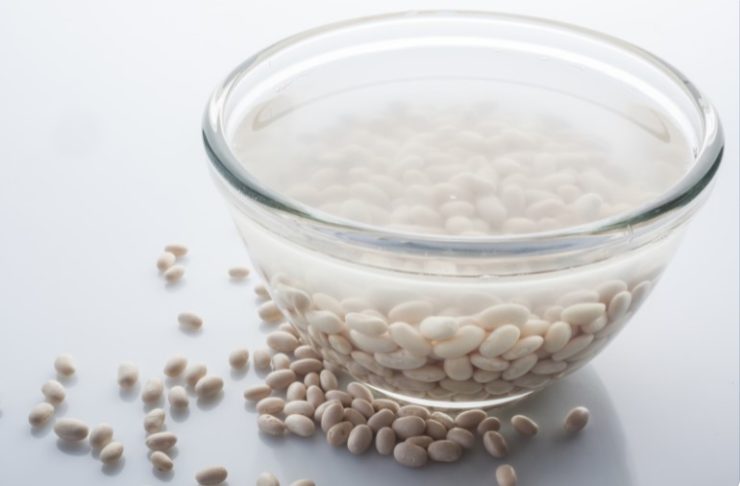
If soaked for too long, beans begin to ferment which can result in an unpleasant taste and odor. This process can begin in as little as 8 hours at room temperature, or 24 hours in the refrigerator.
Soaking At Room Temperature
It’s perfectly fine to soak beans at room temperature as long as you don’t let them sit for more than 8 hours. You’ll know they’ve been on the counter for too long, once you start seeing bubbles forming on the surface. And you might also start to notice an off or sour smell.
8 hours at room temp is playing it pretty safe. But if you know they will be sitting out for much longer than that, it’s best to just go ahead and place them in the fridge.
Soaking In The Refrigerator
Beans soaking in the fridge have a bit more leeway. It’s common for recipes to call for an “overnight” soak, and that usually means between 8-12 hours. But really anything up to 24 hours or 1 day is just fine.
Even after a full 24 hour soak, I don’t think anybody will notice any ill effects once the beans have been cooked.
However, once you start getting into multiple days of soaking, you may start negatively affecting the texture of the beans and also diluting their flavor.
Even in the low temperatures of a refrigerator, beans can still ferment and spoil with enough time.
The Quick Soak
Beans don’t actually need to soak very long to be viable. Here’s what you do if you’re short on time but still want some bean soaking benefits.
- Place your dry beans in a pot, cover them with plenty of water, and add salt.
- Bring the water up to a boil, then turn off the heat.
- Let the pot sit for an hour. Then drain off the water.
- Add new water and cook the beans as if they’d been soaked overnight.
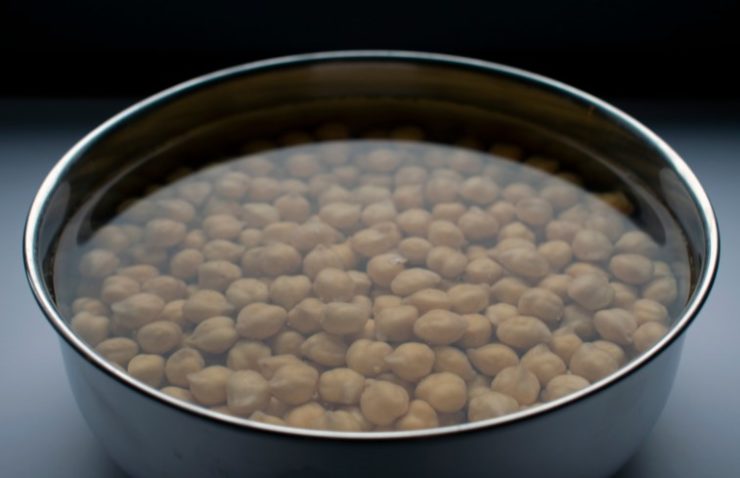
How To Know When Beans Are Done Soaking
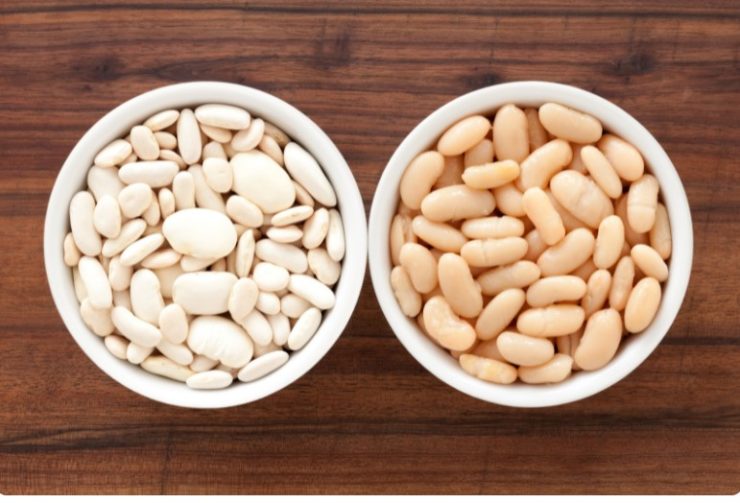
Dried beans have had most of their moisture removed, giving them a long and safe shelf life.
Doing this also causes them to shrink and harden significantly. Soaking dried beans undoes much of the drying process and they will provide several tell-tale signs when they are ready to cook.
First, and most easy to see just from looking at them, beans will swell and generally double in size when they’re done soaking. That’s them drinking up all that water and rehydrating.
This is also a good time to note that you need to use plenty of water for soaking.
Assume that your dried beans will at least double in size. Cover them with enough water so that they can expand and still be completely submerged.
Also, make sure that your container is large enough for that to happen as well. I’ve seen people pack mason jars with beans and then soak them, only to have the beans expand and actually crack the glass jars. So give them plenty of room.
The next way to tell that they are done soaking is to take a few out and give them a quick exam. When you squish them between your fingers they should be very firm but will have some give.
Depending on the type of bean, you’ll also be able to easily peel off the skin. And you should be able to split the bean in half. Splitting a few beans is also a good way to visually see if they are fully hydrated in the center.
Is it Worth Soaking Beans In The First Place?
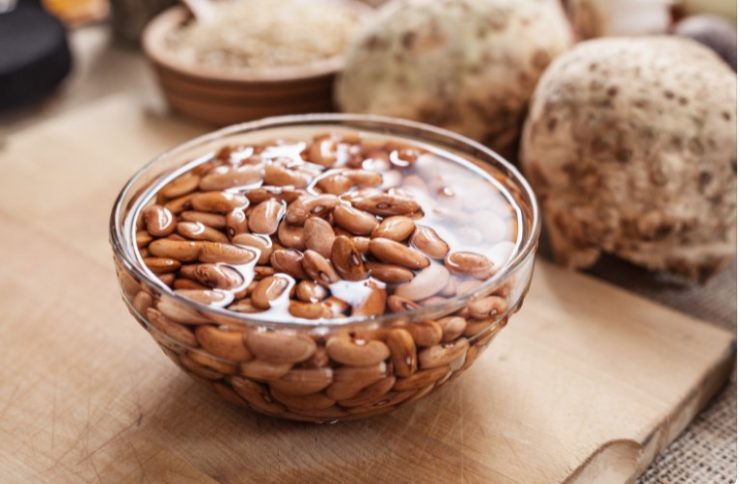
The two primary reasons for soaking beans are to speed up the cooking time and help them cook more evenly. So in general, I think the answer is yes, it’s worth it.
Beans contain specific types of sugars (oligosaccharides) which can be hard for our body to process. And if you find yourself particularly flatulent after you eat beans, that’s the likely culprit.
And as luck would have it, a large percentage of those sugars can be removed by simply soaking your dry beans for at least 4 hours.
I don’t know many people that would say no to any of those benefits. But, depending on what you’re making and how you’re making it, those few things may not matter AS much.
Enter the pressure cooker.
Using a pressure cooker can cut the cooking time for dry beans in half or even more. And that goes for both soaked and unsoaked beans. That makes this a great option if you forgot or simply don’t have the time for a good soak.
Now, if you use a pressure cooker without soaking your beans, you may end up with more broken and blown-out beans compared to soaked ones.
However, if you’re making something like refried beans, a dip, or soup, a few broken beans aren’t going to make any difference.
Bean Soaking And Cooking Tips
Here’s a few pro tips to keep in your culinary tool belt.
Salt From The Beginning
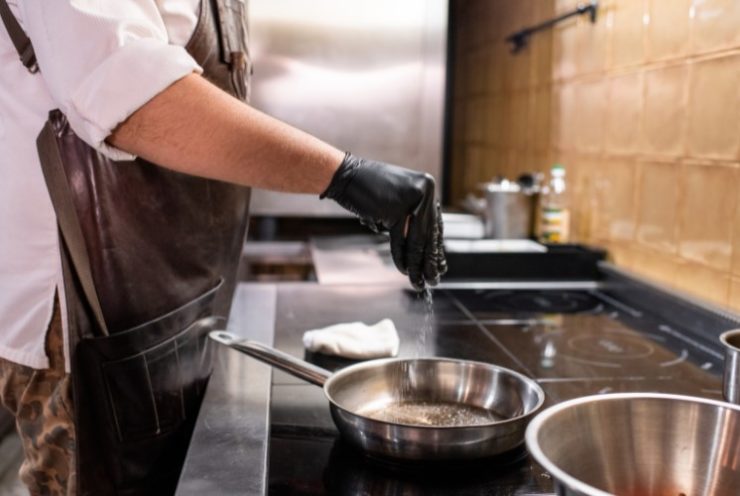
Adding salt to your beans at the beginning of the cooking process is the best way to get the most flavorful and well-seasoned beans possible.

It’s a common myth that beans will become tough if you season them before they’re done cooking.
If you’re a real overachiever you can even start before cooking them and salt your soaking water. This is a way to actually season the beans from the inside out. If you wait until the end of the cooking process to add salt, you’ll really only be seasoning the cooking liquid and the exterior of the beans.
For Ultra Smooth Hummus Or Bean Dip
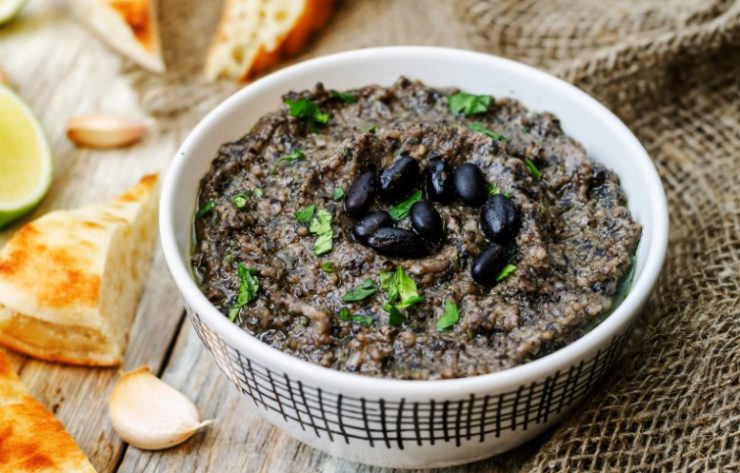
If you’ll be pureeing garbanzos for hummus or black beans for a dip, baking soda will help achieve an incredibly smooth texture.
Baking soda works by breaking down the outer skin of beans so that they break down and become very soft. Add a teaspoon of baking soda per pound of beans during the soaking process.
Then, use fresh water and another teaspoon of baking soda for cooking. Drain off the water and use your ultra-tender beans in your dip recipe as usual.
What To Do With All That Bean Soaking Water
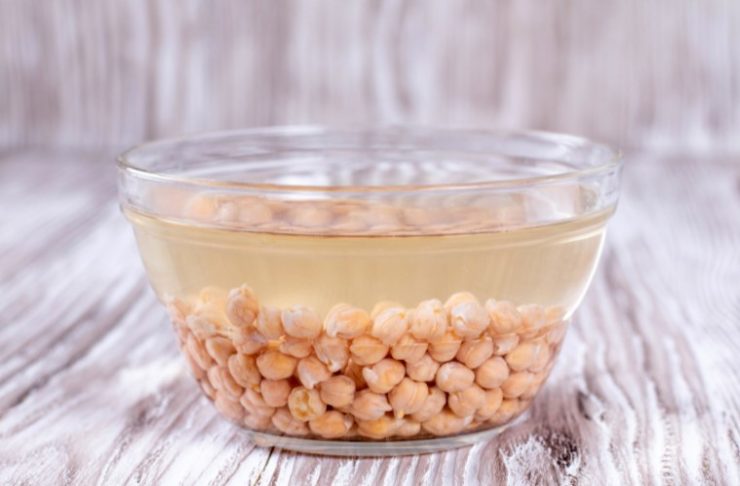
If one of your motivations for soaking beans is to make them less gas-inducing, definitely dump that soaking water. Hopefully, most of those pesky sugars have been leached into the soaking water, so down the drain, it goes.
However, if that’s not a concern, or you’re really trying to find out if your partner will be with you through thick and thin, then by all means go ahead and cook with it. Plus, you’ll be saving any bean flavor that would otherwise have been lost.
Beans That Don’t Need To Be Soaked
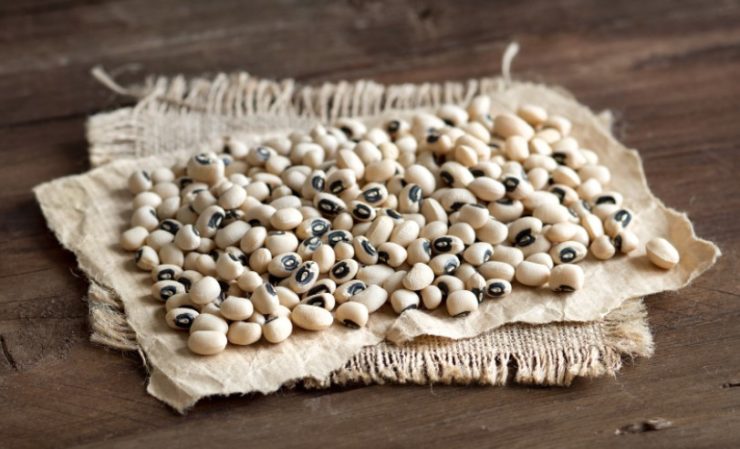
Soaking your beans will almost always shorten the cooking time. But, for some small, thin-skinned varieties you won’t get much benefit.
I’m primarily talking about black beans and black-eyed peas. Both of which cook up just fine, and in a reasonable amount of time, even without the lengthy soaking step.
It’s also unnecessary to soak things like split peas and lentils.
These are technically not beans but they are in the same family (legume). And they can be cooked up in as little as 15 minutes without any soaking required.
Frequently Asked Questions
How Long Should You Soak Beans?
In general, dry beans should be soaked for between 4 and 12 hours. Try to limit room temperature soaking to 8 hours or less, and refrigerator soaking to under 24 hours.
How Can I Cook Beans When I Don’t Have Time To Soak Them?
A pressure cooker is one of the best and fastest ways to cook dry beans. In most cases, you’ll be able to cook dried beans in under an hour in a pressure cooker.
How To Tell If My Beans Were Soaked For Too Long?
Two signs that your beans have soaked for too long is if you see bubbles collecting on the surface of the water, or you notice an off or sour smell.
